Get Started for FREE
Sign up with Facebook Sign up with X
I don't have a Facebook or a X account
 Your new post is loading... Your new post is loading...
 Your new post is loading... Your new post is loading...

Ricard Garcia's curator insight,
June 11, 2013 4:23 AM
Pinterest is a vast source of possibilities for the classroom... here's a good article with different ways to make the best of it. 
AlGonzalezinfo's curator insight,
June 21, 2013 6:56 AM
This is a great example of how to use the Infographic format to educate and share knowledge with others. It make sense that a teacher would do it. Fantastic! 
Audrey's curator insight,
March 8, 2014 5:38 PM
Once you start using these two learning strategies teaching becomes a real pleasure as students will be teaching the topics. In addition they will be able to give evaluative and analytical commentary. Audrey for www.homeschoolsource.co.uk .
This certainly works for psychology at www.hotmoodle.com
|

Sue Blough's comment,
June 21, 2013 4:23 PM
This article is relevant to idea of engaging students in multiple ways and multiple intelligences. Good food for thought.

Alfredo Corell's curator insight,
June 23, 2013 7:47 AM
New ways we might use PowerPoint in our classroom.

Steven Blomdale's curator insight,
June 6, 2013 12:12 AM
I scooped this info graph to demonstrate to teachers to prominences of the various types impairments in the 21st century. I beleive this is an important issue as teachers need to know as classrooms today are having students with some type of disability or impairemnt. Teachers need accomodate and differentiate the types of ICT skills and devices used within the classroom. The aim of technolgies within the classroom is to allow students to engage confidently with technologies and make informed, ethical and sustainable decisions about technologies for preferred futures including personal health andwellbeing, recreation, everyday life, the world of work and enterprise, and the environment (ACARA, 2013). 
Victoria's curator insight,
June 23, 2015 10:22 AM
@Dennis P. Garland I thought this was a great overview of data on special education. |



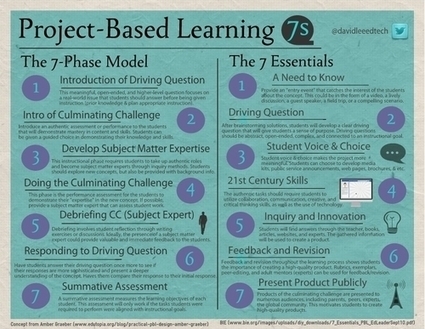

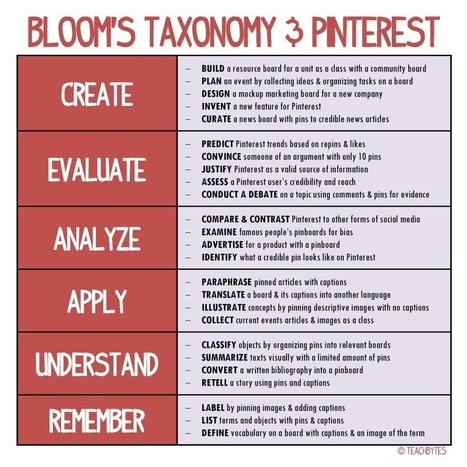
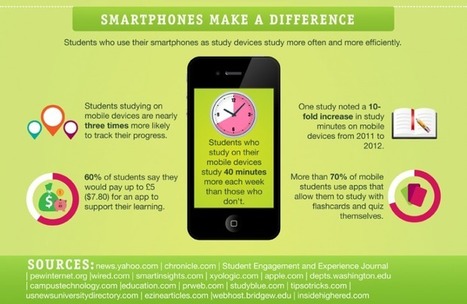

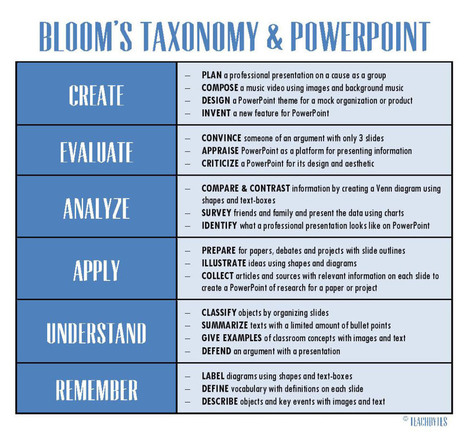

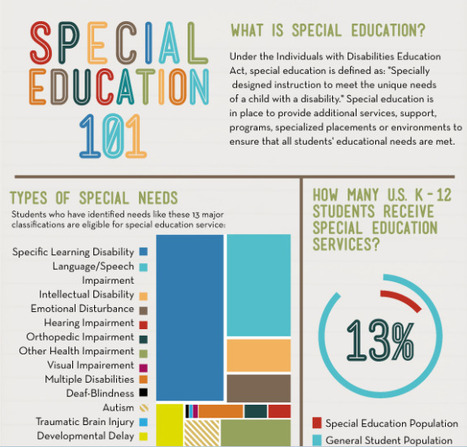







This infographic shows you the 7-Phase Model and the 7 Essentials of Project-Based Learning. The 7 Phase Model information comes from an article published by Edutopia (and is linked to in the post) and The 7 Essentials is based on a PBL GUide: A Resource for Instructors and Program Administrators, published by the National Academy Foundation and the Pearson Foundation. For more information on this topic be sure to check out these two resources.